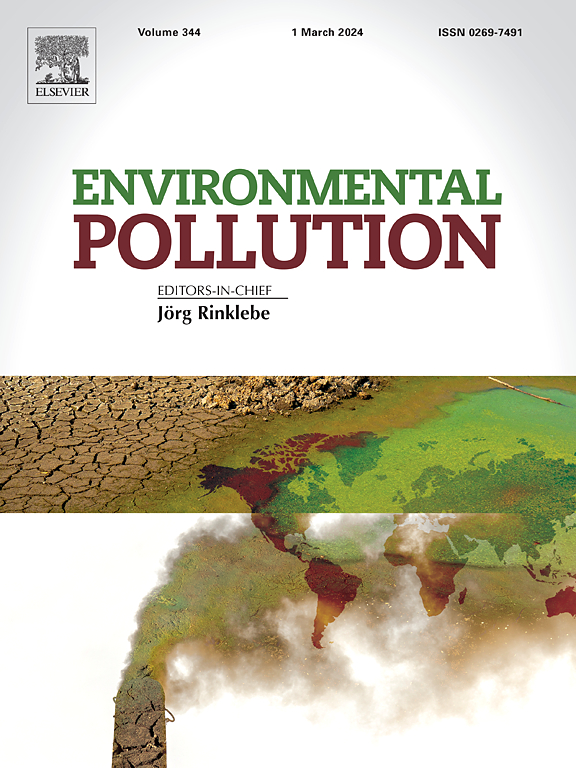Impact of urban green areas on air quality: An integrated analysis in the metropolitan area of São Paulo
IF 7.6
2区 环境科学与生态学
Q1 ENVIRONMENTAL SCIENCES
引用次数: 0
Abstract
Cities must be prepared to improve the quality of life, including exposure to air pollutants, for their residents as urban populations continue to grow. Green infrastructure and green areas have proven increasingly important in tackling this challenge. This study examined the relationship between urban green spaces and air pollution in the São Paulo Metropolitan Area. Using PM10 and PM2.5 as indicators of atmospheric pollutants and NDVI and NDBI to evaluate green areas and building density, statistical tools such as cluster analysis and Sen's Slope test were applied, complemented by visual analyses with temporal heat maps. The results indicated a general reduction in PM2.5 and PM10 concentrations from 2014 to 2023, with NDVI increasing until 2021 and then decreasing, possibly due to real estate speculation. Regions with higher NDVI showed 50 % lower PM concentrations compared with industrial and high-traffic areas. The Sen's Slope analysis outlined the influence of tree-planting public policies on reducing pollutant levels. These findings the ongoing importance of research on the interaction between green areas and urban air quality to inform decision-makers.


求助全文
约1分钟内获得全文
求助全文
来源期刊

Environmental Pollution
环境科学-环境科学
CiteScore
16.00
自引率
6.70%
发文量
2082
审稿时长
2.9 months
期刊介绍:
Environmental Pollution is an international peer-reviewed journal that publishes high-quality research papers and review articles covering all aspects of environmental pollution and its impacts on ecosystems and human health.
Subject areas include, but are not limited to:
• Sources and occurrences of pollutants that are clearly defined and measured in environmental compartments, food and food-related items, and human bodies;
• Interlinks between contaminant exposure and biological, ecological, and human health effects, including those of climate change;
• Contaminants of emerging concerns (including but not limited to antibiotic resistant microorganisms or genes, microplastics/nanoplastics, electronic wastes, light, and noise) and/or their biological, ecological, or human health effects;
• Laboratory and field studies on the remediation/mitigation of environmental pollution via new techniques and with clear links to biological, ecological, or human health effects;
• Modeling of pollution processes, patterns, or trends that is of clear environmental and/or human health interest;
• New techniques that measure and examine environmental occurrences, transport, behavior, and effects of pollutants within the environment or the laboratory, provided that they can be clearly used to address problems within regional or global environmental compartments.
 求助内容:
求助内容: 应助结果提醒方式:
应助结果提醒方式:


